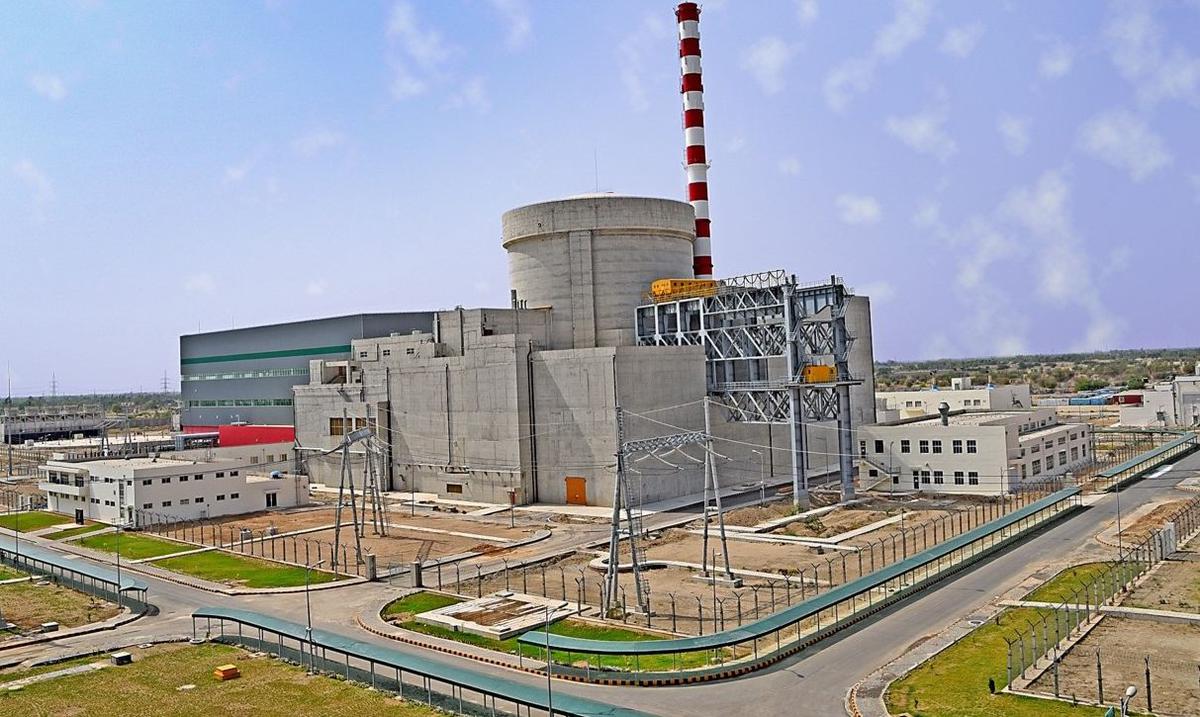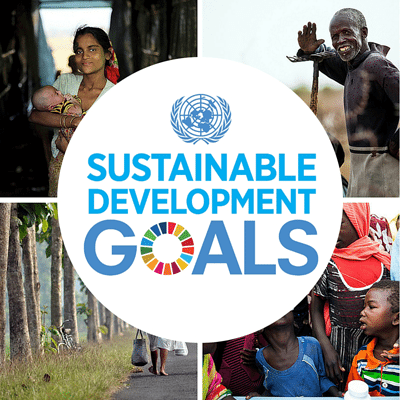The G-20 civil society mechanism, known as C-20, was co-opted by India’s ruling party in order to give a platform for independent voices and keep governments accountable. Critics contend that, under the pretence of civil society representation, C-20 has become a tool for advancing a politico-religious vision and legitimising neoliberal economic policies. This distortion of C-20 calls into question its integrity and ability to act as a check on undue commercial influence.
What are the worries concerning the credibility of the C-20?
- Politicisation: In India, the C-20 process has been co-opted by the ruling party, which is using it as a platform to advance its own politico-religious ideology. This calls into doubt the civil society process’s independence and neutrality.
- Lack of diversity: Concerns have been expressed concerning the overwhelming representation of members from a single religion on the C-20, which violates the ideal of inclusivity. A religious group’s dominance weakens the diversity and representation of civil society voices.
What are the worries concerning the credibility of the C-20?
Politicisation: In India, the C-20 process has been co-opted by the ruling party, which is using it as a platform to advance its own politico-religious ideology. This calls into doubt the civil society process’s independence and neutrality.
Lack of diversity: Concerns have been expressed concerning the overwhelming representation of members from a single religion on the C-20, which violates the ideal of inclusivity. A religious group’s dominance weakens the diversity and representation of civil society voices.
Censorship and suppression: Within C-20, there have been incidents of censorship and attempts to control the narrative. Participants have been requested not to make political statements on the G-20 and C-20, which limits their ability to critically discuss policies and activities that may be harmful to biodiversity and community interests.
Influence is limited: The C-20 process, like other G-20 engagement platforms, has been denied the ability to play an independent role in holding governments accountable or resisting undue commercial influence. Civil society’s effect on G-20 decisions and policies remains limited.
Lack of openness: The C-20 selection and decision-making processes have been criticised for their lack of transparency. The C-20 architecture, with its Secretariat based in a civil society organisation aligned to a specific political ideology, raises issues about the process’s independence and fairness.
What is the political impact of using international engagement forums?
Credibility is being eroded: When international participation platforms, such as the G-20 and its civil society process, are utilised for political and electoral advantage, their legitimacy and purpose are undermined. These forums are intended for meaningful global discourse, collaboration, and decision-making, and politicising them for short-term domestic goals undermines their credibility.
Political manipulation of international engagement forums can result in a breakdown of confidence and cooperation among participating countries and civil society organisations. It fosters distrust and destroys the culture of mutual respect and collaboration that these forums are meant to cultivate.
Weakening global governance: The use of international engagement platforms for political benefit has the potential to undermine global governance processes. It limits these forums’ ability to effectively address important global concerns and make informed decisions based on the common good, as decisions may be motivated by limited political considerations rather than smart policy-making.
Impact on international reputation: Misusing international engagement forums can harm a country’s international reputation. It might be interpreted as a violation of trust and an attempt to influence global platforms for domestic political reasons, harming the country’s international position.
Impeding global progress: When international engagement venues are used for political and electoral advantage, the emphasis shifts from solving global challenges to pursuing narrow domestic agendas. This can stymie progress on critical issues like climate change, sustainable development, poverty alleviation, and human rights, which necessitate international cooperation and coordinated efforts.
Civil society alienation: The politicisation of international participation forums has the potential to alienate civil society organisations and weaken their trust in the process. When civil society voices are co-opted or marginalised for political advantage, they lose their independence, influence, and ability to contribute meaningfully to global policy dialogues.
Short-term political and electoral gains over long-term rewards of substantial international participation can result in squandered opportunities for economic, social, and diplomatic achievements. It stifles the possibility of constructive debate, knowledge sharing, and collaboration, all of which can lead to great outcomes for the country and the global community.
In the future: Addressing the C-20 concerns
- Improve transparency and inclusiveness: C-20 member selection processes and decision-making mechanisms should be more transparent. Efforts should be taken to ensure diversified representation from other religions, philosophies, and industries, fostering inclusivity and avoiding group supremacy.
- Protect independence: Steps should be done to ensure C-20’s independence from government control. The Secretariat and coordination should be assigned to impartial and independent organisations or institutions with a track record of supporting civil society involvement norms.
- Civil society organisations should strengthen their networks, cooperation, and solidarity in order to raise their voices and urge for meaningful participation in the C-20 process. This can include forming partnerships with other organisations, exchanging information and resources, and collectively campaigning for inclusivity and accountability ideals.
- Encourage open and productive dialogue inside the C-20, allowing for varied perspectives and critical scrutiny of G-20 policies and actions. Participants should be able to express their concerns, present different perspectives, and contribute to the discussion without fear of censorship or retaliation.
- Advocate for policy coherence: Civil society organisations should actively engage in lobbying and policy engagement with the government as well as international organisations such as the G-20. They should emphasise the importance of policy coherence that integrates social, environmental, and economic components, while also prioritising biodiversity protection, sustainability, and the rights of marginalised populations.
- Increase public awareness: Efforts should be made to raise public awareness of the G-20 and its civil society processes, especially the C-20. Disseminating information, organising awareness campaigns, and allowing public participation in conversations and decision-making processes are all examples of how this might be done.
- International solidarity: Indian civil society organisations should encourage collaborations and exchanges with international civil society networks and organisations working on related problems. Sharing experiences, initiatives, and best practises can increase civil society’s worldwide collective voice and push pressure for more accountable and inclusive processes.
@the end
The co-opting of C-20 by India’s ruling party has harmed its credibility as an independent civil society organisation. Civil society organisations participating in C-20 must consider whether to legitimise or oppose this distortion, as their actions will influence the future of this critical venue for global conversation and accountability.
Source: https://www.opengovpartnership.org/actions-for-a-secure-and-open-civic-space/








